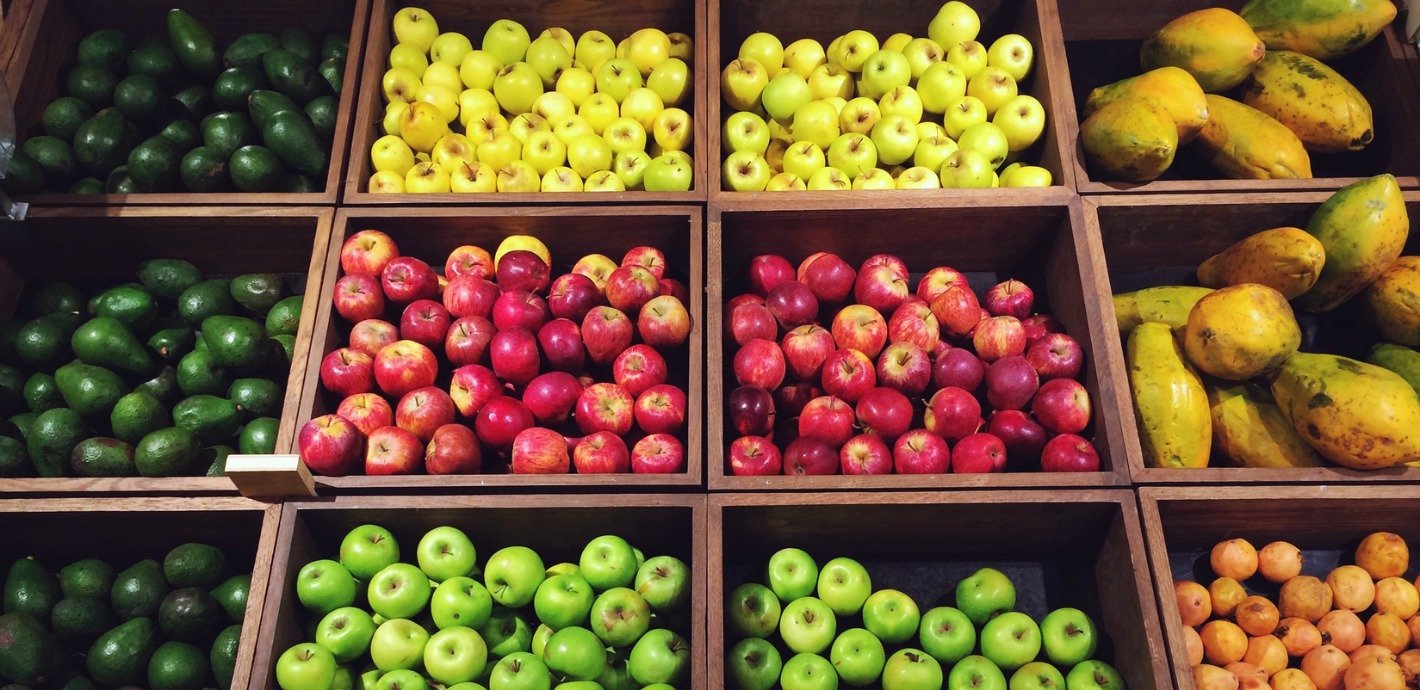Some diet issues are clear-cut: Fruits and vegetables are the jewels in the nutrition crown, balance is key to help control diabetes, trans fats are artery-clogging fats, and so on. One area that is laced with controversy is whether organic food is really better for us. Numerous reports have shown that from a nutrition standpoint, organic foods may not be significantly superior. Many would beg to differ with that statement through studies that have shown higher levels of antioxidants in organically grown produce. Moreover, the perception of the superiority of organics may not only stem from nutrient analyses, but instead from a deeper, more emotional place regarding attention paid to our environment and our food system.
Last year alone, sales of organic food climbed 11 percent to $35.9 billion and organic consumers are now more ethnically and geographically diverse than ever. Booming sales are no surprise since organics carry a powerful health halo. Shoppers feel organic food is cleaner and safer, especially for children and pregnant women, and that it even tastes better. But again we face that question: Is it really healthier?
“Organic” speaks to a method of farming; the agricultural products are made without the use of synthetic pesticides, herbicides, fungicides, or synthetic fertilizers, and cannot be genetically modified or radiated. Organic poultry, dairy, meat, and eggs are produced without the use of growth hormones or antibiotics, and are humanely raised and slaughtered.
Today’s consumer seeks a cleaner diet desiring shorter and more familiar ingredients lists. It is often assumed though, that “organic” and “clean” are synonymous. When shopping with the aim to clean up your diet, choosing the right organics can help you accomplish your goal, but not every organic food is alike.
For choices that are “100 percent organic,” look for those particular words on food labels, accompanied by the green and white round USDA seal. If a food is just labeled, “organic,” then it must contain at least 95 percent organic ingredients, and here too, the seal is permitted. Products that contain at least 70 percent organic ingredients may say “made with organic ingredients” on the label, but may not use the seal. Foods containing less than 70 percent organic ingredients can’t use the seal or the word “organic” on their product labels. They can include the organic items in their ingredients list. Here’s where you might need to be a supermarket sleuth and read between the lines; don’t be fooled by thinking that the addition of a splash of organic cane juice that’s listed sixth on an ingredient list will make that food worthwhile. Cane juice is just another way to spell sugar.
In search of a clean diet, we need to look beyond the word “organic,” and take the food’s whole nutrition profile into consideration. It’s essential to read food labels carefully to be able to discriminate between those foods that are organics with nutritional benefits (like organic greens) versus those that carry the organic health halo, yet are void of value (like organic lollypops). More than ever, there is now an abundance of affordable organic foods on our supermarket shelves that are wholesome and nutrient rich, while others contain as much sodium, fat, sugar, and calories as their conventional counterparts. When buying organic, we shouldn’t cast aside all other principles of healthy eating.
From an environmental standpoint, organic farming is rightfully favored. Synthetic fertilizers and pesticides used in conventional farming account for almost 40 percent of the energy used in all of U.S. agriculture. But it’s important to remember that “organic” doesn’t mean the food is grown locally—it may even be grown in a foreign country and shipped to the U.S. resulting in a larger carbon footprint and smaller benefit to the environment. There’s also no guarantee that the food was produced under ideal conditions for farmers, laborers, or livestock, and an organic label has nothing to do with food safety.
Although we’re seeing a rise in organic offerings at stores like Walmart and ALDI, it’s important to keep in mind that organic foods are not available in certain stores and in some cases you may have to put down more green to go green. If organics are bursting your budget or they are not stocked in your store, you can still eat clean by choosing foods that are as close to nature as possible. In general, try consuming foods that look most similar to the way they looked before they were processed, or better yet, shoot for those foods that required minimal to no processing. After all, the healthiest foods in the store, organic or otherwise, don’t even wear food labels!
When buying produce in the grocery store, it might be helpful to know what those number codes (known as a PLU codes or price lookup numbers) on the stickers really mean. A five-digit number beginning with the number nine means organic. A four-digit number means grown by conventional means. A five-digit number beginning with the number eight indicates a genetically modified organism (GMO).
If you choose to switch or organic produce, perhaps the best place to start is with the Dirty Dozen, a list of 12 fruits and vegetables that were found to contain the highest pesticide levels. According to the Environmental Working Group, consumers can reduce their exposure to pesticides by 80 percent by avoiding the most contaminated produce. You might be able to save some money and find peace of mind in buying conventional produce that’s on the Clean 15 list, displaying produce that has the lowest pesticide content.
Dirty Dozen
1. Apples
2. Peaches
3. Nectarines
4. Strawberries
5. Grapes
6. Celery
7. Spinach
8. Sweet bell peppers
9. Cucumbers
10. Cherry tomatoes
11. Snap peas (imported)
12. Potatoes
Clean 15
1. Avocados
2. Sweet corn
3. Pineapples
4. Cabbage
5. Sweet peas (frozen)
6. Onions
7. Asparagus
8. Mangos
9. Papayas
10. Kiwi
11. Eggplant
12. Grapefruit
13. Cantaloupe
14. Cauliflower
15. Sweet potatoes








Comments (2)